I still remember the first time I heard of “OpenAI.” It sounded mysterious. Was it a company? A lab? A group of researchers changing the world?
As absurd as the explanations in my head sounded, I knew I wasn’t alone.
We all use tools like ChatGPT or DALL·E without knowing who built them or how they even work. I mean, don’t you ever wonder what goes on behind the scenes?
This blog is a simple attempt to answer that question: what is OpenAI? Stay with me to learn what it is and how it works.
I will tell you what it is, what it does, and why the work it does matters to how we think about artificial intelligence today. (I promise not to drown you in technical buzzwords!)
Key Takeaways
- OpenAI is an organization that researches and builds artificial intelligence tools for people to use. The company’s mission is to make AI useful, safe, and accessible to everyone.
- The company teaches AI models to imitate human-like intelligence. This makes these models able to perform complicated tasks without human input.
- Apart from ChatGPT, OpenAI is behind platforms such as Dall-E (a text-to-picture converter), Whisper (an automatic speech recognition system), and Codex (an AI software engineering agent).
- As opposed to its name, OpenAI is not entirely open-source. It is also not 100% accurate, so users must verify its responses.

What is OpenAI?
OpenAI is a company focused on researching and creating AI tools that serve and benefit people and society. It is not just one app or one product.
It works on models, methods, and systems that back several AI software.
The idea behind OpenAI is to push forward the boundaries of what machines can understand and create. However, it does so while keeping safety and usefulness in mind.
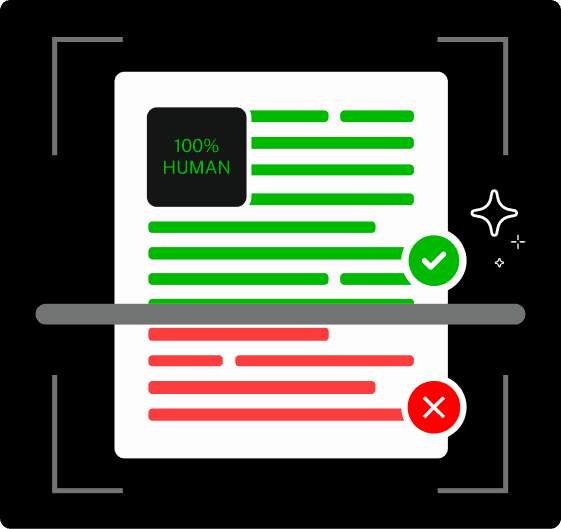

Never Worry About AI Detecting Your Texts Again. Undetectable AI Can Help You:
- Make your AI assisted writing appear human-like.
- Bypass all major AI detection tools with just one click.
- Use AI safely and confidently in school and work.
Originally, OpenAI started as a non-profit in December 2015, with founders who believed that AI should benefit humanity rather than just be a profit engine.
But as the costs and scale of AI research grew, OpenAI adopted a hybrid model.
It now operates a for-profit arm, but remains controlled by a nonprofit entity to stay aligned with its mission.
The Company Behind ChatGPT
When you think of OpenAI, you likely think of ChatGPT. But ChatGPT is just one product built on deeper ideas and models.
OpenAI also offers different versions of ChatGPT depending on how much power or control someone wants.
For instance, there’s ChatGPT Enterprise for organizations. It has features like stronger security, data control, and higher performance limits.
At the end of the day, it’s still an AI tool that churns out AI-generated responses. You can’t expect it to sound human, but what you can do is use the AI Humanizer by Undetectable AI.
This tool takes AI-generated text and rewrites it to sound more natural (like a human).
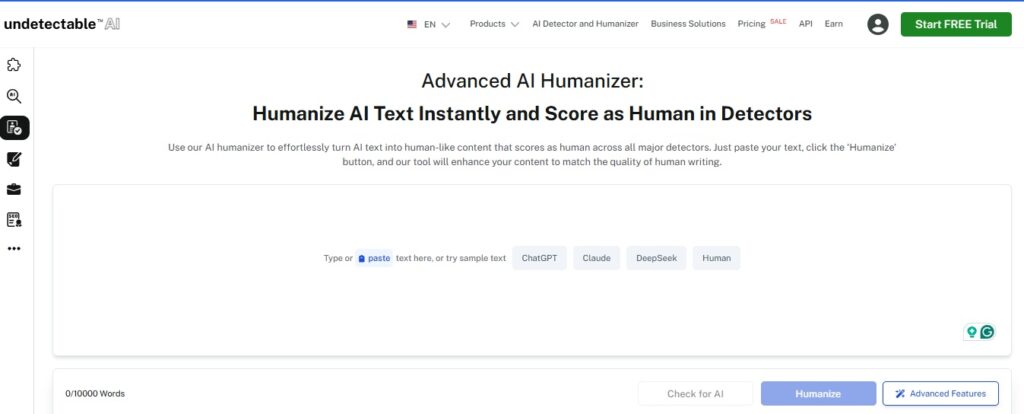
How OpenAI’s Technology Works
I’m not going to pretend understanding how OpenAI’s technology works is easy, because it definitely is not.
It took me a while to grasp it myself, but now that I do, I’ll try explaining it to you in simple words.
We know what is OpenAI. It builds AI models. These models study enormous amounts of information and learn how humans think, act, and process.
Once trained, these models can generate new text, images, or code just like a human could.
The best-known example is the GPT series, which powers ChatGPT. GPT stands for “Generative Pre-trained Transformer.”
It’s a mouthful, I know, but it really just means “an AI system that learns from text and then generates more of it.”
The “pre-trained” part means it has already learned a lot before you ever start chatting with it. You’re not teaching it from scratch. You are just tapping into everything it already knows.
When you ask ChatGPT a question, it doesn’t search the internet. Instead, it uses what it has learned to predict what comes next in a sentence.
OpenAI also trains other models that work with different types of information. (more on that later)
Of course, all this takes enormous computing power. Training a model like GPT requires powerful servers working for weeks or even months.
That’s also why OpenAI partners with large tech companies that provide the hardware and cloud space needed to keep things running smoothly.
The work OpenAI is doing is different because it focuses on making these tools helpful and safe.
The best part is that they are available to ordinary people like you and me.
Granted, it’s good if you know how it works, but it’s not absolutely necessary.
Think about it, most of us know how to drive. But does everyone know how the engine works? Probably not.
A problem with ChatGPT (and its siblings) is that you can’t work around it without triggering AI-detection platforms.
If that could run you into trouble, you should use Undetectable AI’s Stealth Writer instead. It generates text that replicates human-written content perfectly.
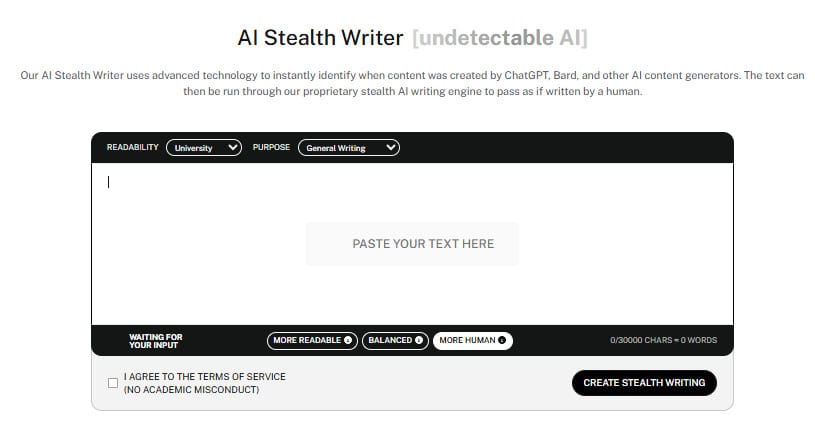
Major Products and Platforms by OpenAI
Even after learning what is open AI, we usually just associate it with ChatGPT. But it’s behind some of the most familiar AI tools we use every day.
ChatGPT
ChatGPT by OpenAI needs no introduction (yet I’ll give you one!). It’s an AI assistant that can write, summarize, translate, and explain information in natural language.
It was created to help users brainstorm ideas, create reports, learn new concepts, or even just chat for fun.
It’s quite flexible and can sound professional one moment and friendly the next, depending on your prompt.
DALL-E
DALL-E turns text into pictures. It takes short written prompts and transforms them into detailed images or illustrations.
Artists use it to experiment with concepts, marketers use it to visualize campaigns, and anyone can use it to bring an idea to life.
It’s successful among users who don’t have design skills.
However, it’s ethically wrong if someone presents an AI-generated image claiming ownership rights.
As a precaution, you can use TruthScan’s Deepfake Detection to verify if an image was actually created by a person or an AI tool.
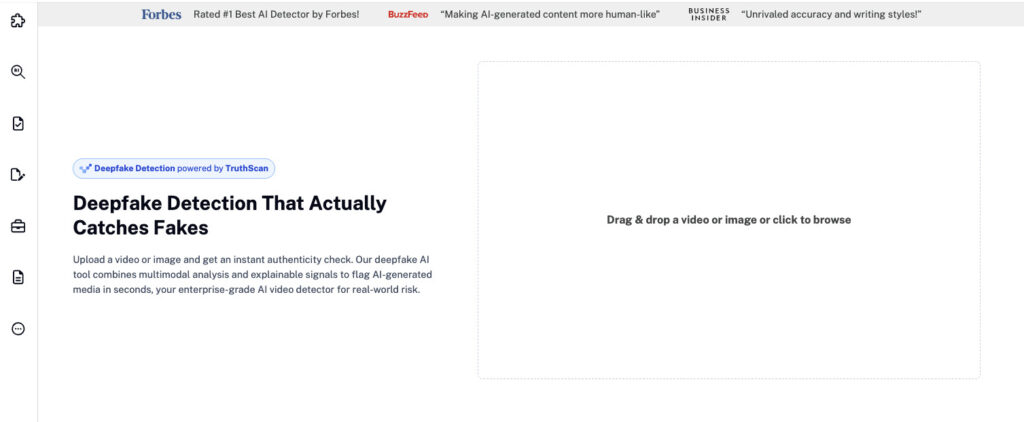
Whisper
Whisper is OpenAI’s speech recognition system. It listens, understands, and writes down what it hears. It’s surprisingly accurate with different accents and languages.
This makes it useful for transcription, captioning, and accessibility tools.
Like images and text, AI-generated audio also raises concerns. But with Undetectable AI’s Audio Detector, it is quite easy to tell if an audio was created using AI or has been tampered with.
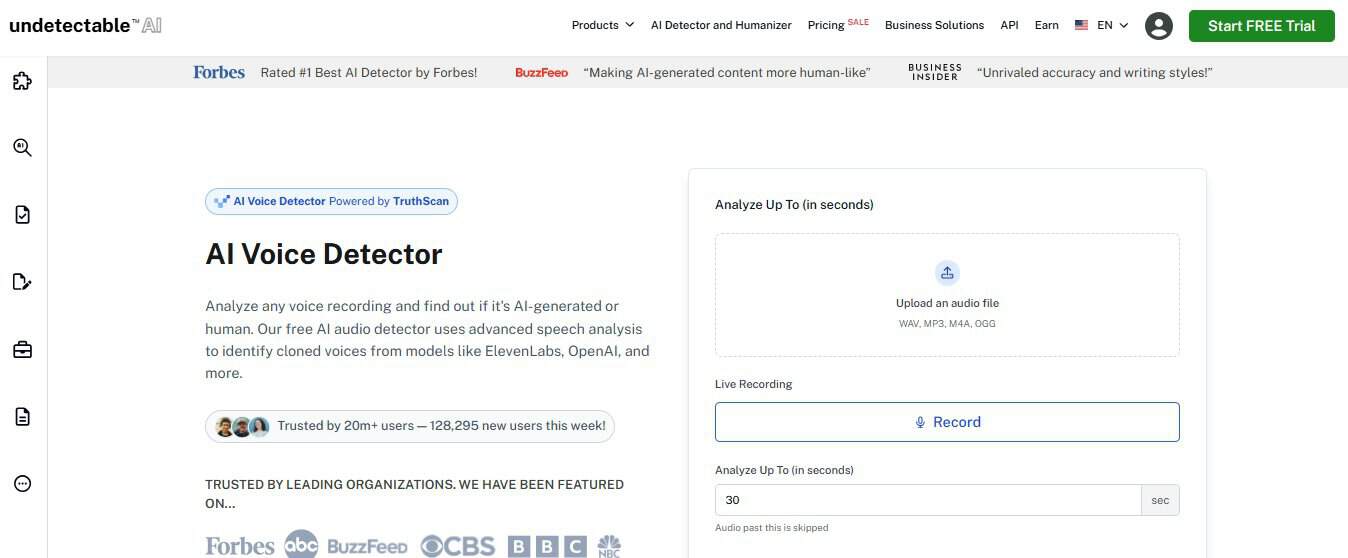
Codex
Codex is the model that helps programmers. It can read and write code, understand programming languages, and even turn English instructions into working code.
It’s the technology behind GitHub Copilot, which assists developers by suggesting snippets, spotting errors, and saving hours of manual work.
OpenAI API
The API is how other companies connect to OpenAI’s technology. It lets developers add AI features to their own apps and services (say chatbots, language translation, and content creation tools).
Common Misconceptions About OpenAI
Like anything that suddenly becomes a part of daily life, OpenAI has collected its fair share of myths. Some come from confusion, others from assumptions that sound believable until you do your homework.
“OpenAI is fully open-source.”
It sounds right from the name, doesn’t it? If you know what is open source AI, you would know OpenAI isn’t completely open-source.
While the company started with the idea of sharing AI research openly, that approach has changed over time.
Some of its older projects and papers are public, but the models behind ChatGPT and other tools are now proprietary.
“ChatGPT is always accurate.”
If only that were true. ChatGPT is brilliant at sounding confident, but it can still make mistakes or even “hallucinate.” This means it can produce information that looks right but isn’t.
It doesn’t have real-world awareness or access to the internet unless specifically connected to it.
It learns from patterns in data, not from direct experience, so it can misunderstand or misstate facts just like a human would after hearing something once and remembering it wrong.
“OpenAI owns your data.”
This one causes a lot of confusion. OpenAI doesn’t own what you type into ChatGPT. Your data is used to improve the model only if you allow it.
In most versions, conversations can be deleted, and users have control over whether their chats are used for training.
Best Practices When Using OpenAI Tools
Using OpenAI tools feels a bit like discovering a superpower. You can write, code, brainstorm, or translate in seconds.
But like any powerful tool, it works best when you know how to handle it.
1. Write Specific Prompts
OpenAI tools respond to what you ask, not what you mean. The clearer you are, the better your results.
If you want a certain tone or format, say so. The model doesn’t guess your style, but it’s great at following instructions when you are precise.
2. Don’t Trust It Blindly
Even ChatGPT can sound smart while being completely wrong. This usually happens when the AI model fills gaps with invented facts, which results in inaccurate AI-generated responses.
3. Protect Your Privacy
Never include your phone number, financial information, or passwords in your prompts. OpenAI certainly has a strong privacy system, but it’s better to be safe than sorry.
4. Use AI for What It’s Good At
AI does a brilliant job at writing, summarizing, and generating content and ideas. However, it is not supposed to be your solution for everything.
No one should count on it for legal advice, medical information, or anything that could affect someone’s safety.
5. Give Feedback
The more you use AI, the better you’ll get at prompting it. Experiment with phrasing, try new features, and report weird or biased outputs when you see them.
OpenAI is constantly improving its tools, and it needs your feedback to do the needful.
And most importantly, you can’t take the ethical concerns out of using AI. It’s great for spiking productivity, but it also goes against the regulations at some workplaces or institutions.
Always use this AI Detector and Humanizer by Undetectable AI to make sure your text can bypass AI detection and does not sound robotic.
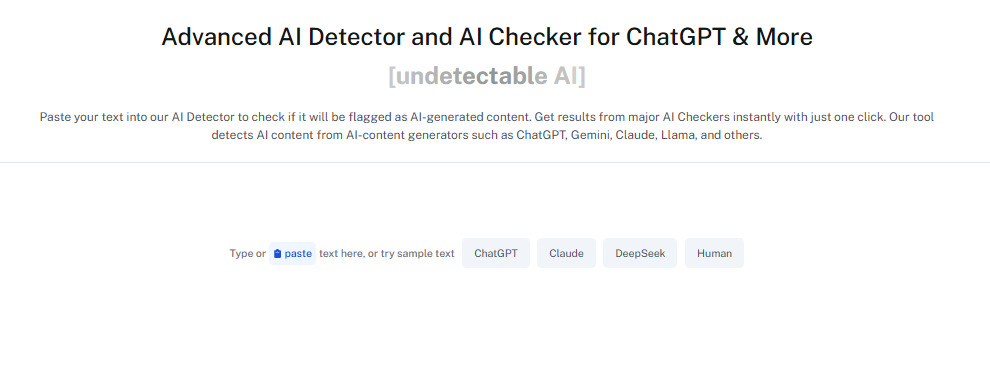
Use the AI Checker to evaluate whether your content was generated by AI and ensure it sounds human.
Simply paste your text, review the detection score, and adjust anything that feels off before publishing or submitting it.
Check out our AI Detector and Humanizer in the widget below!
Conclusion
It’s good to finally put a face to the name, isn’t it?
If you are anything like me, you must be surprised to learn OpenAI is not some big mystery waiting to be solved. It is just a company that researches and builds AI tools that benefit us.
However, there’s a thin line between use and misuse. As long as you rely on it for its intended purpose, you are golden.
Just make sure to test the outputs with the various Undetectable AI tools to make sure your work is not questioned for its credibility and authenticity.
